Which Part of Saffron Is Edible?
Saffron is a highly valued spice, known for its unique flavor and vibrant color. Many cultures use saffron in cooking, but a common question arises: which part of the saffron plant is edible? The answer is simple—the red threads, known as the stigmas, are the only edible part.
The Edible Part of Saffron: The Stigma
The red stigmas are the edible part of saffron. These thin, thread-like filaments are hand-harvested and dried to preserve their rich color and flavor. The yellow style, which connects the stigma to the rest of the flower, doesn’t contribute the same taste or benefits. As a result, it is not typically consumed in cooking.
Why Only the Red Threads Are Used
The red threads contain valuable compounds, including crocin, which gives saffron its vibrant color, and picrocrocin, responsible for its distinct flavor. Additionally, safranal, the compound responsible for saffron’s unique aroma, is also found in the red stigmas. These compounds are concentrated in the red threads, making them the most important part of saffron. In contrast, the yellow style lacks these potent compounds, which is why it is not used in cooking.
How to Use Edible Saffron Threads
To use saffron effectively, first soak the red threads in warm water, milk, or broth. This step releases the saffron’s color and flavor, which you can then add to your dishes. Try infusing saffron into rice, soups, sauces, or desserts. Since saffron is highly potent, only a small amount is needed. Too much saffron can overwhelm your dish with bitterness.
Conclusion
In conclusion, the edible part of saffron is the red stigma. These threads provide the spice’s vibrant color, rich flavor, and aromatic qualities. Using only the red threads allows you to fully enjoy saffron’s culinary and health benefits.
For more information on saffron quality and purchasing options, check out our Products page.
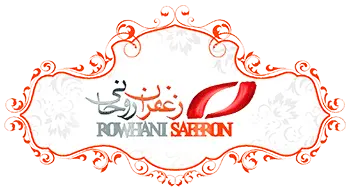
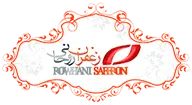
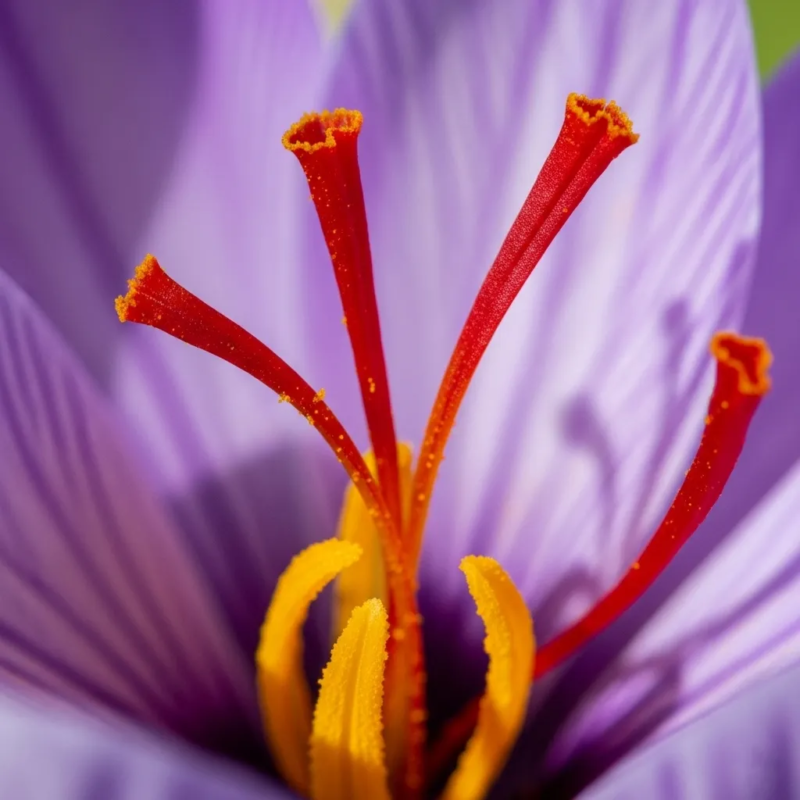
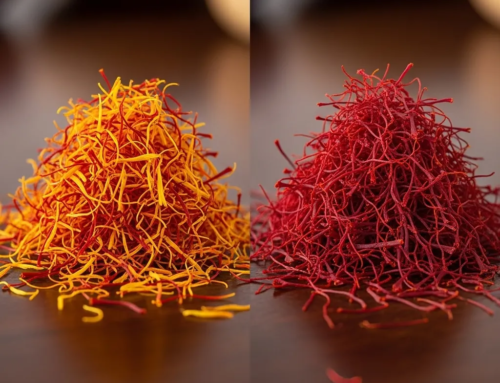
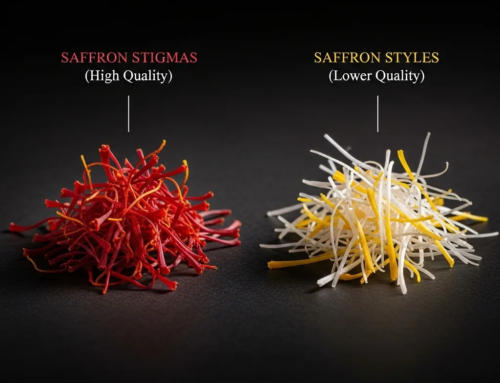
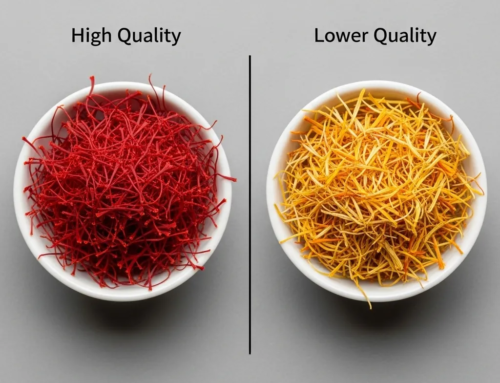
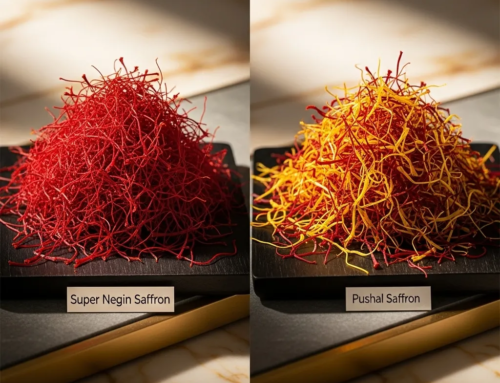
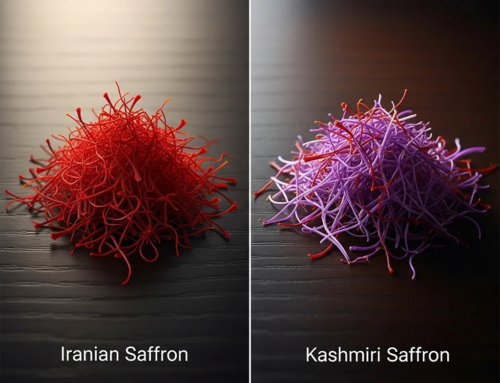
Get Social